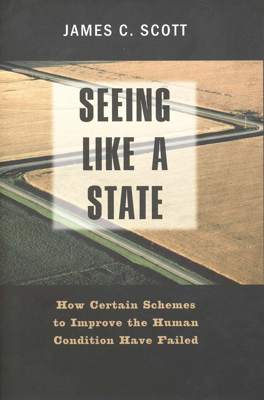The High-Modernist City: An Experiment and a Critique
Le Corbusier, a figure central to high-modernist urban design, exemplified his approach in "The Radiant City," advocating for large, planned cities that emphasized geometric simplicity, uniformity, and the separation of functions. His plans, often not fully realized due to their scale and cost, included massive redesigns of cities like Paris and Rio de Janeiro. These designs were meant to visually impress from a distance, reflecting a modernist vision that often disregarded local context and tradition.
Total City Planning
Le Corbusier's approach aimed to revolutionize urban planning through complete redesigns that would eliminate existing cityscapes. His designs were characterized by:
- Monolithic structures and clear visual form,
- Segregation of traffic and pedestrian paths, and
- Strict functional separation within urban zones.
These plans, while innovative and detailed, often lacked consideration for the existing cultural and historical identities of the cities. They were focused on creating visually impactful, functional cities from a bird's-eye view, but lacked practical engagement with the city's inhabitants.
Geometry and Standardization
Le Corbusier strongly advocated for standardization and geometrical simplicity in city planning. He perceived repetitive geometric forms, particularly right angles, as harmonious and efficient, mirroring the perceived orderliness of nature. Despite the practical challenges such designs often posed, like the need for extensive leveling and construction difficulties in varied landscapes, he believed that architectural and urban order must align with Cartesian principles and the standardized, repetitive nature of industrial production.
Functional Segregation
A key principle of his urban vision was the separation of different urban functions into distinct zones. This segregation purported to simplify planning and improve overall efficiency by reducing complexity. Each district of the city was designated for a single function (residential, industrial, governmental), ensuring that different activities did not overlap, which Le Corbusier believed would lead to clearer and more manageable urban structures.
Rule by the Plan, the Planner, and the State
Le Corbusier's principles elevated the importance of a centralized urban plan ("The Plan: Dictator"), which he believed should guide the development of cities. This approach reflected a top-down governance model where the planner, empowered by scientific understanding and state authority, dictated urban developments without engaging with local populations' needs or desires. The vision was distinctly authoritarian, envisioning the city as a space governed by rational planning above all else.
His influence extended widely despite the radical and often impractical nature of his proposals. Cities like Chandigarh in India and projects like the Palace of Soviets (never built) are testaments to his ambitious modernist vision, although they also demonstrate the limitations and challenges of implementing such designs.
Critique and Legacy
The critique of high-modernist planning, as seen in Le Corbusier's work, points to the disconnection between these idealized visions and the intricate realities of urban life. His reliance on grandiose, often unimplementable schemes, and the absence of local cultural considerations in his plans, underscore the tension between visionary urban design and practical urban living. The legacy of his work highlights both the appeal and the cautionary tales of high-modernist urban planning, emphasizing the need for balance between visionary design and respect for existing urban fabrics.
